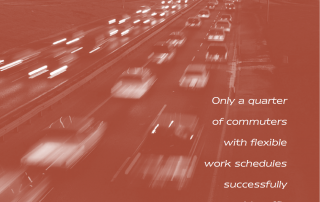ACCESS 17, Fall 2000
Comment: Autonomous Decongestants
Melvin M. Webber
Despite universal complaints and many proposed remedies, it seems there’s still no cure for traffic congestion. As a mirror on a city’s economic vitality and the pace of its social life, congestion is a built-in attribute of the prosperous metropolis. Heavy traffic volumes are a positive index of a city’s range of opportunities and the richness of its residents’ lives. The city with but little traffic is a city that may be stagnating.







